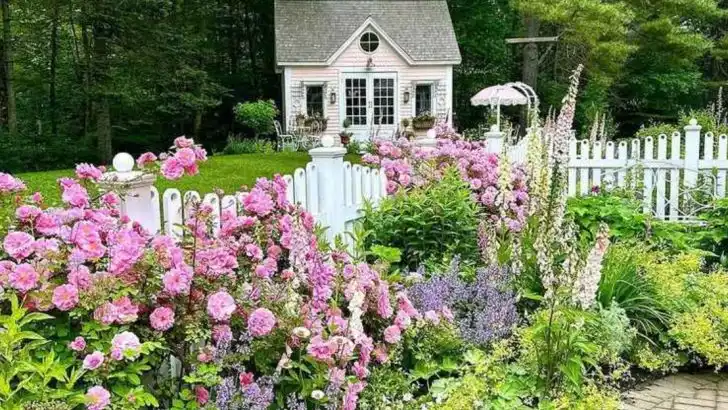You water regularly, pick sunny spots, and even talk to your plants—so why does your garden still look… tired? It’s frustrating when you’re doing everything right, but the results just don’t show. The truth is, gardens can struggle for reasons that have nothing to do with how often you water or fertilize.
Sometimes it’s the little things—like where your hose drips, or how closely your plants are spaced. Other times, it’s bigger, less obvious issues: compacted soil, poor airflow, or even the wrong kind of mulch. And then there are the truly unexpected culprits (spoiler: yes, your nearby patio furniture could be making things worse).
The good news? Most of these problems have quick, low-effort solutions—no need to tear everything out or start from scratch. Whether you’re a new gardener unsure what’s going wrong, or a seasoned green thumb trying to troubleshoot a lackluster bed, these 16 overlooked issues (and their easy fixes) can help turn your struggling space into a thriving one.
Let’s dig into the real reasons your garden isn’t thriving—and what you can do today to change that.
Insufficient Pollinators

A garden without its pollinators is like a party without guests. Many gardeners overlook the importance of bees and butterflies. They play a crucial role in plant reproduction. Without them, flowers may bloom, but fruits won’t follow. Consider planting native flowers. Lavender and sunflowers can attract these busy workers. Adding a small water source also helps. Create a tiny oasis for them. Your garden’s productivity might just skyrocket. Embrace the buzzing, fluttering visitors. Their presence is invaluable.
Compacted Soil
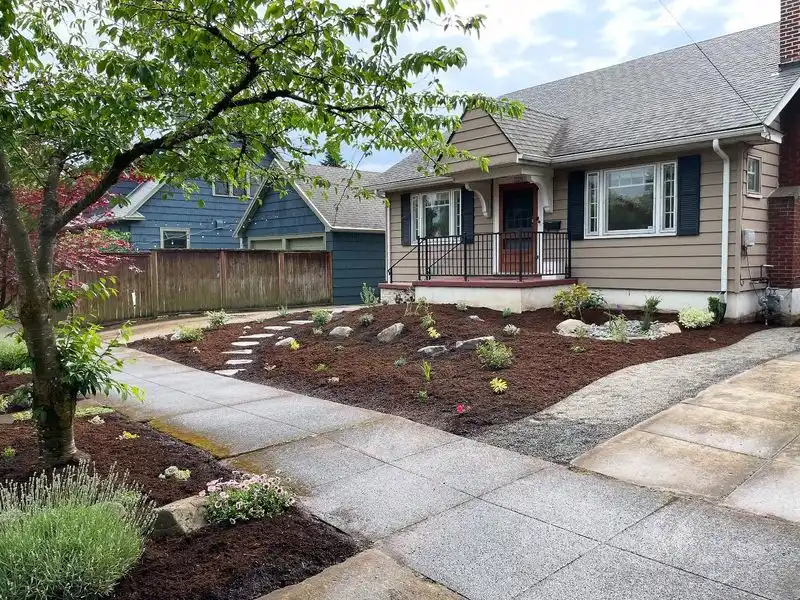
Compact soil is a silent gardener’s nemesis. It restricts root growth. Water struggles to penetrate. This leads to poor plant health. Signs of compacted soil include water pooling and tough digging. Regular aeration can solve this. Use a garden fork to loosen the topsoil. Adding organic matter like compost improves soil structure. Over time, this can enhance drainage and root development. Check for soil health periodically. Healthy soil makes a difference.
Wrong Plant Pairings
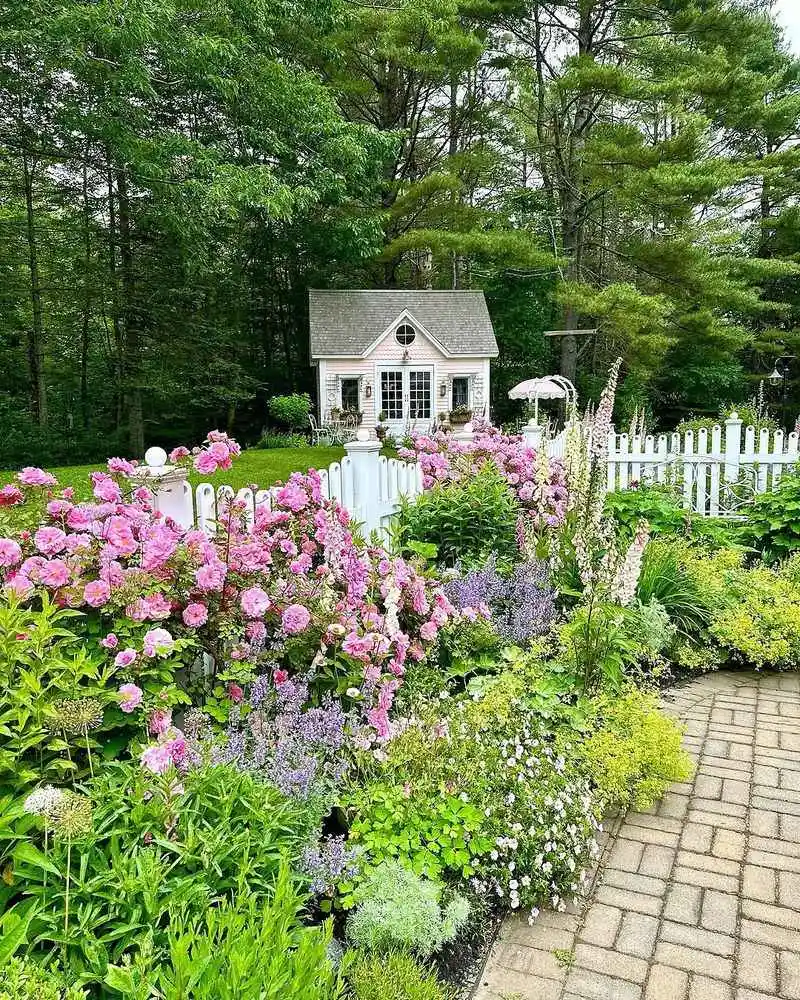
Not all plants make good neighbors. Some compete for resources. Others may attract pests harmful to their companions. Investigate which plants thrive together. For example, tomatoes and basil are a harmonious duo. They benefit each other. Planting incompatible species can stunt growth. It may even lead to plant failure. Spend time researching companion planting. It pays off. A well-planned garden is a thriving garden.
Overwatering

More water isn’t always better. Overwatering is a common mistake. It can suffocate roots. Plants need oxygen, too. Signs of overwatering include yellowing leaves and rotting roots. Adjust watering schedules. Consider the plant’s needs and the weather. Use well-draining soil. This prevents excess moisture from lingering. Monitoring moisture levels can be a game changer. A simple adjustment can revive your garden.
Underwatering
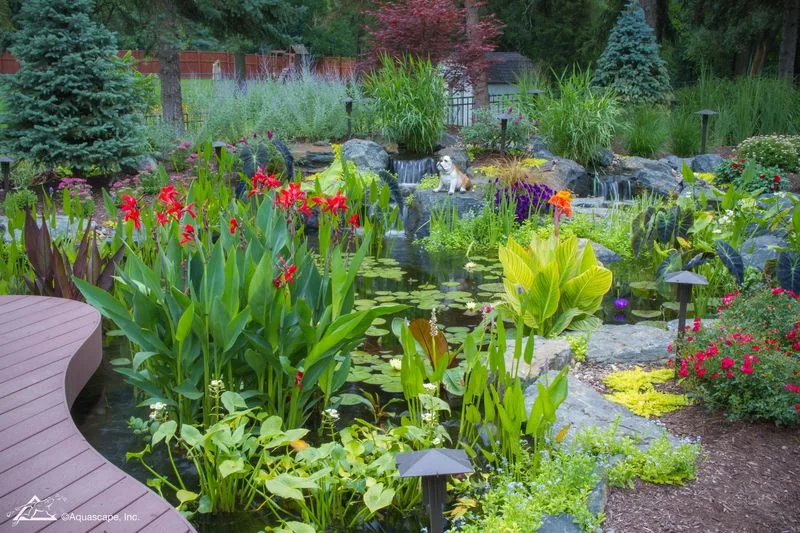
On the flip side, underwatering poses its own threats. Plants need consistent moisture. A dry spell can be damaging. Wilting, dry leaves, and stunted growth are telltale signs. Establish a regular watering routine. Mulching can help retain moisture. Group plants with similar water needs. Efficient watering ensures happier plants. Remember, consistency is key. Your garden will thank you.
Inconsistent Sunlight

Light is essential for photosynthesis. Inconsistent sunlight can confuse plants. Some may receive too much, others too little. Observe your garden’s sun patterns. Each plant has unique light needs. Relocating plants to suitable spots can make a difference. Shade-loving plants thrive in cooler areas. Sun-lovers bask happily in bright spots. Balance is crucial. Your garden’s vitality depends on it. A few adjustments may rejuvenate growth.
Pests and Critters
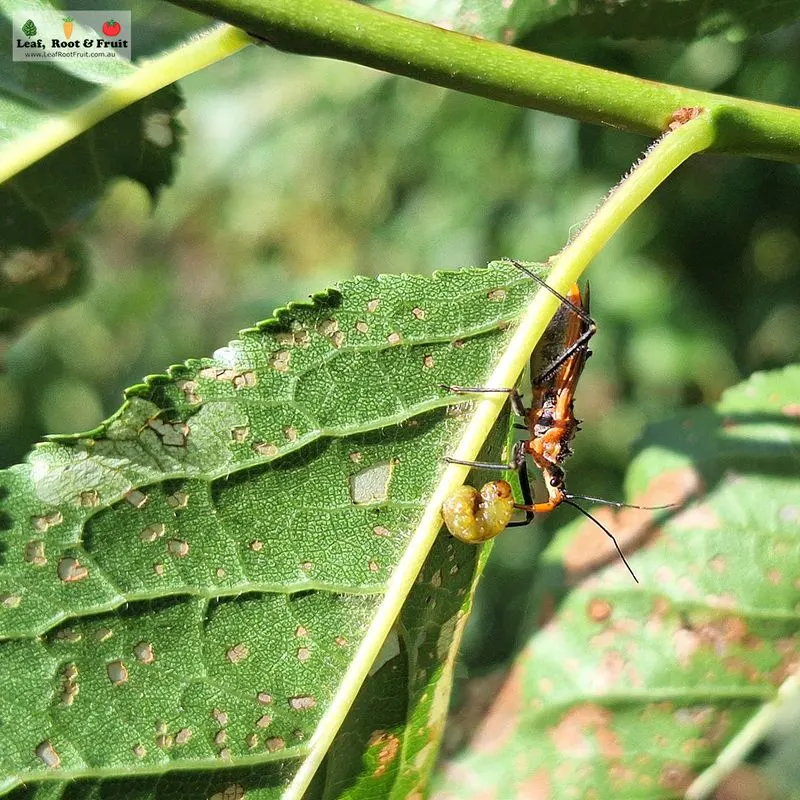
Pesky bugs and critters can wreak havoc. They might munch on leaves or dig up soil. Not all insects are bad. Identify the culprits. Use natural repellents. Companion planting can deter pests. Introducing beneficial insects helps. Ladybugs love aphid snacks. Birds can control pests too. A diverse ecosystem promotes balance. Protect your garden with care and insight. The results will be rewarding.
Poor Soil Quality
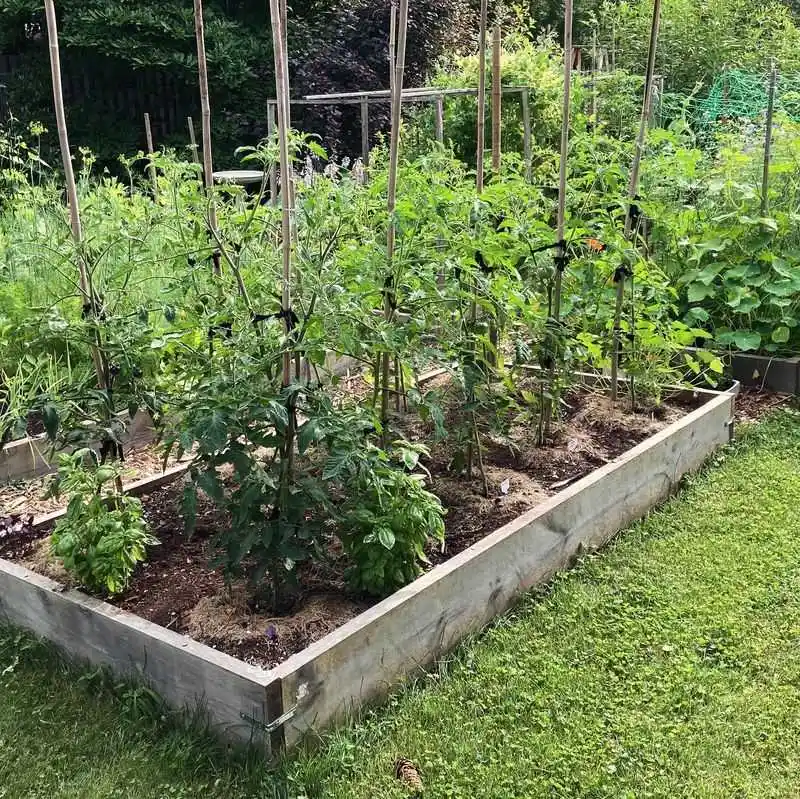
The foundation of a thriving garden lies in its soil. Poor soil quality leads to weak plants. Testing soil provides insight. Nutrient deficiencies or pH imbalances can hinder growth. Amending soil with compost boosts nutrients. Regularly rotating crops improves soil health. Healthy soil supports robust plants. Invest in soil care. The benefits are long-lasting.
Inadequate Fertilization
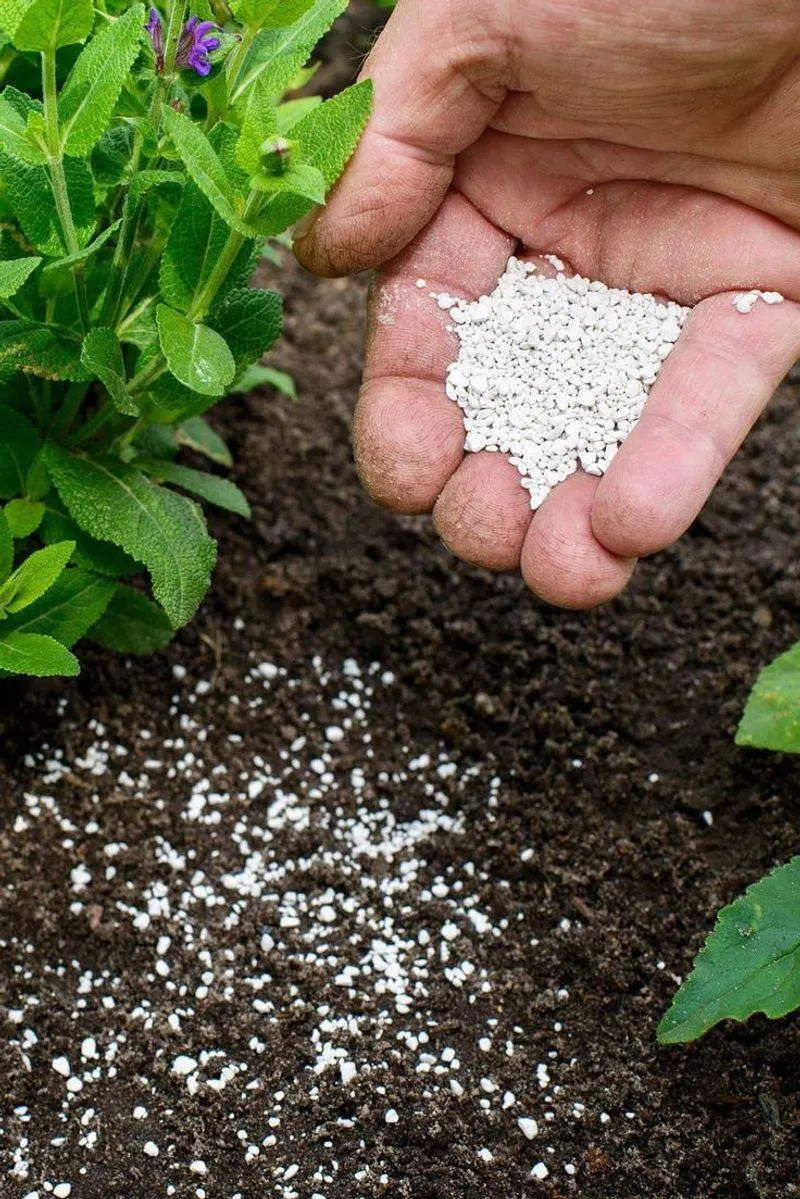
Fertilization is key, but balance is crucial. Too little and plants starve. Too much can lead to nutrient burn. Follow recommended guidelines. Different plants have specific needs. Organic fertilizers offer gentle nourishment. Granular or liquid, use sparingly. Observe plant responses. Adjust as needed. Consistent care fosters vibrant growth. Your garden’s vitality depends on balanced fertilization.
Root Bound Plants
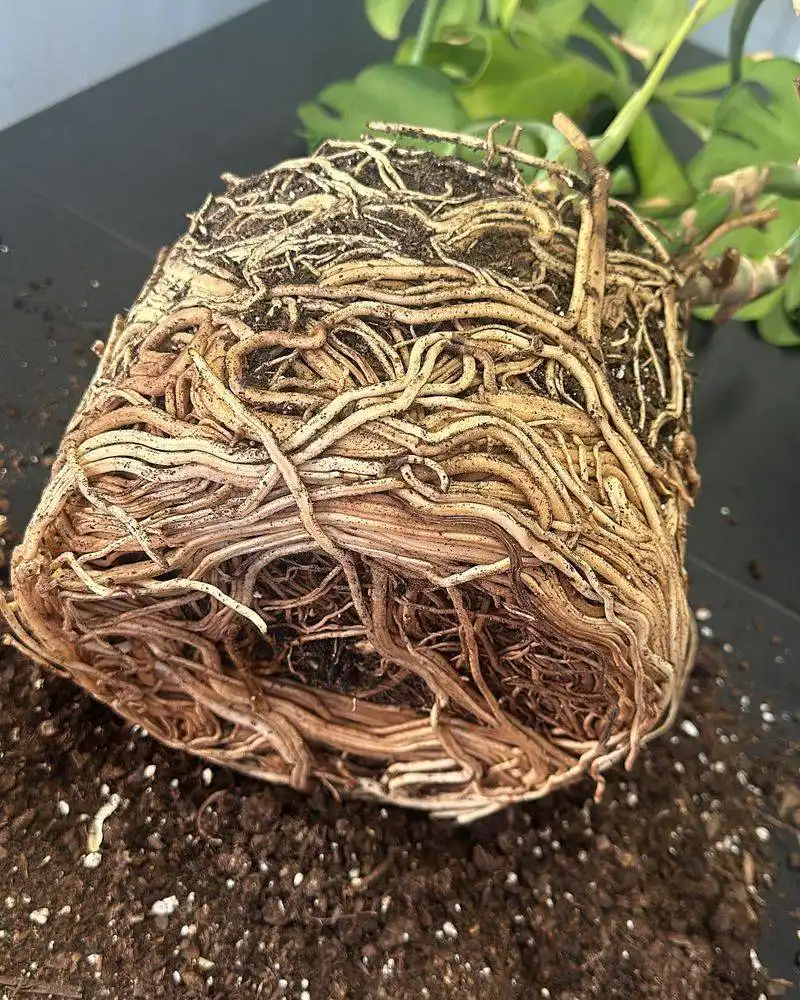
Containers have limits. Plants outgrow them. Root-bound plants struggle. Roots circle inside pots, restricting growth. Repotting is the solution. Choose a larger container. Loosen roots before replanting. Fresh soil aids recovery. Regularly check container plants. Giving roots space to grow makes a difference. Watch for stunted growth and yellowing leaves. A simple transplant can rejuvenate plants.
Improper Pruning

Pruning requires skill. Done right, it encourages growth. Poor techniques can harm plants. Know your plant’s needs. Prune at the right time. Removing dead or diseased branches is crucial. It redirects energy to healthy growth. Use sharp tools. Clean cuts heal better. Research best practices for each species. A little knowledge goes a long way. Your plants will flourish under proper care.
Neglecting Seasonal Changes
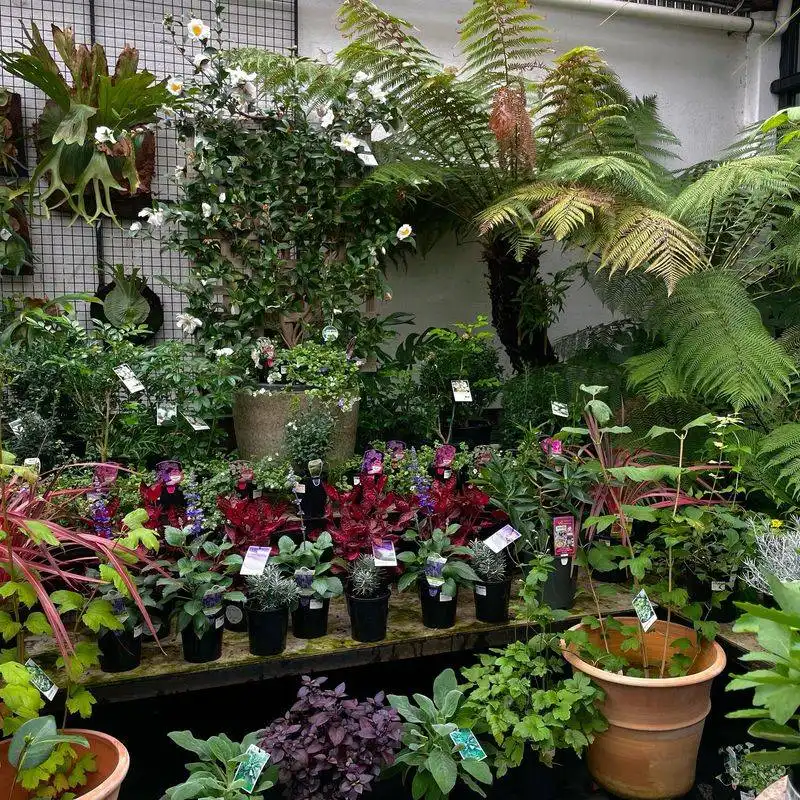
Gardens need seasonal attention. Weather shifts affect plant health. Unexpected frost or heat can take a toll. Plan for changes. Mulching retains warmth. Shade cloths protect from intense sun. Adapt your care routine. Monitor weather forecasts. Responsive care can safeguard plants. Seasoned gardeners value adaptability. Each season brings unique challenges.
Diseases

Illnesses aren’t just for humans. Plants also fall sick. Fungal and bacterial issues can spread quickly. Early detection helps. Yellowing leaves or unusual spots are symptoms. Remove affected parts promptly. Clean tools to prevent contamination. Rotate crops to limit disease recurrence. Healthy plants resist illnesses better. Vigilance is key. Keeping diseases at bay protects your garden.
Incorrect Planting Depth
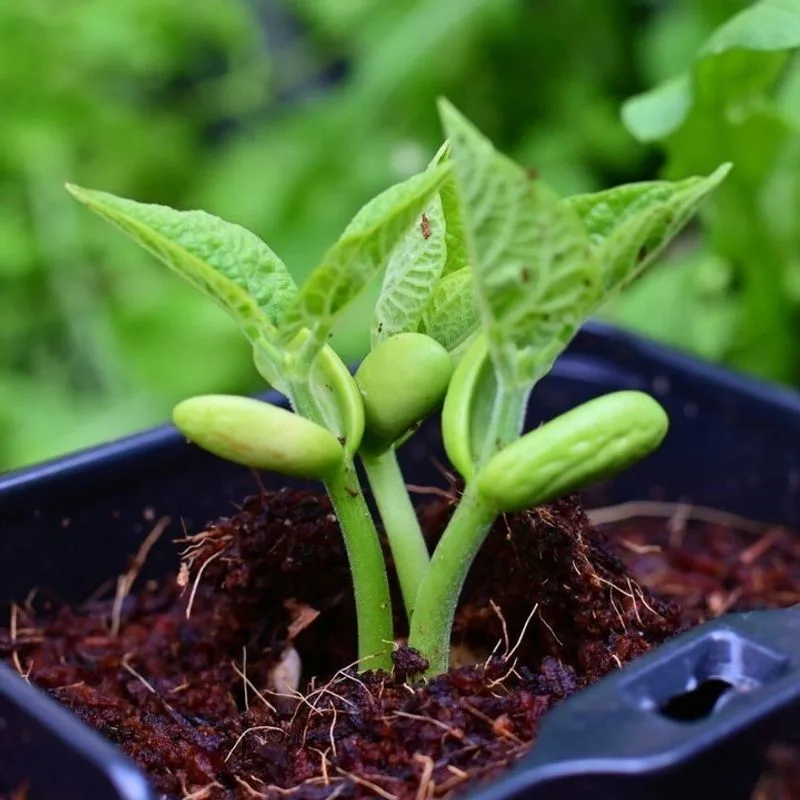
Planting depth matters. Too shallow and roots dry out. Too deep and they can’t breathe. Follow specific guidelines for each plant. Research is vital. Use stakes for guidance. Soil should cover roots adequately. Water after planting. This settles soil around roots. Proper planting ensures stability. Healthy roots support thriving plants. A little attention during planting goes a long way.
Chemical Overload
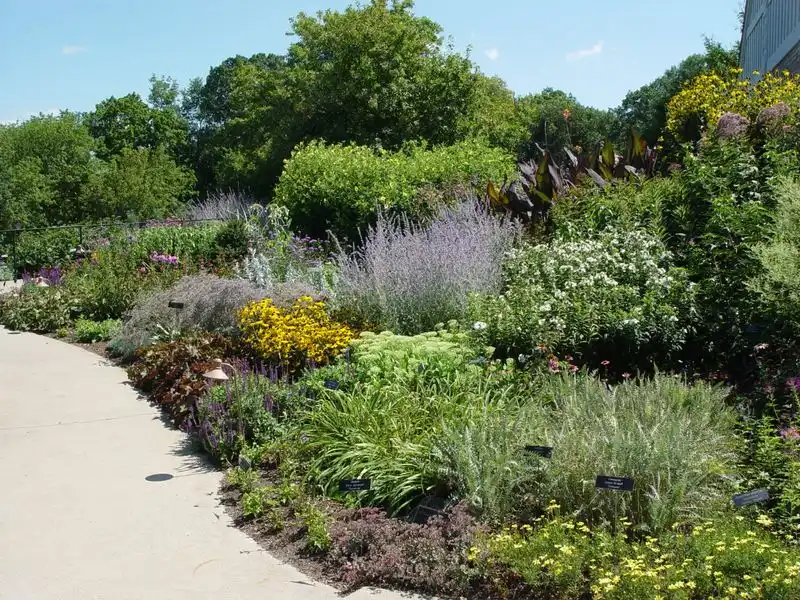
Chemicals can damage more than they help. Overuse harms plants. Natural solutions exist. Over-reliance creates imbalances. Plants show stress when exposed to excess chemicals. Introduce beneficial insects. Neem oil serves as a safe alternative. Balance is crucial. Reduce chemical dependency. Observe plant responses. Nature often provides answers. Your garden thrives with gentle care.
Pet Interference
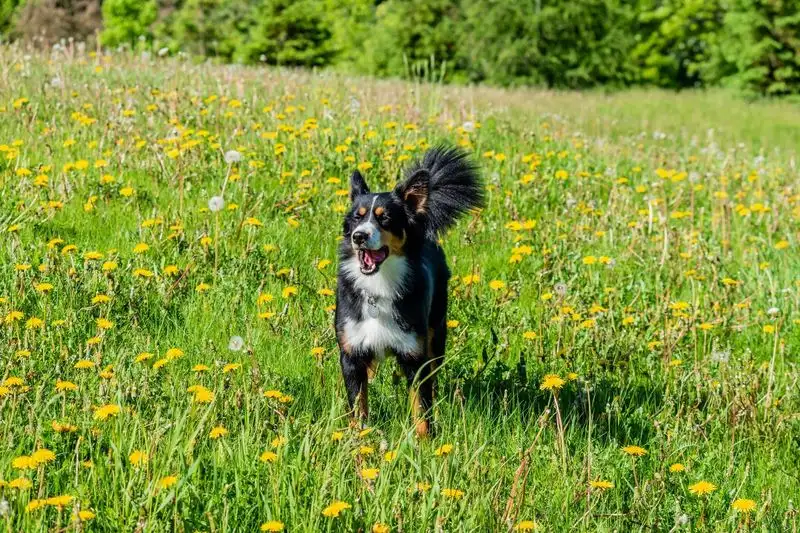
Pets love gardens too. Cats might dig or nap among plants. Dogs can trample delicate seedlings. Creating barriers helps. Raised beds deter digging. Companion planting may offer protection. Citrus scents repel curious noses. Pet-friendly designs allow coexistence. Your garden can be a sanctuary for all. Keep an eye on activity. Balance aesthetics with functionality. Everyone benefits from harmonious design.

